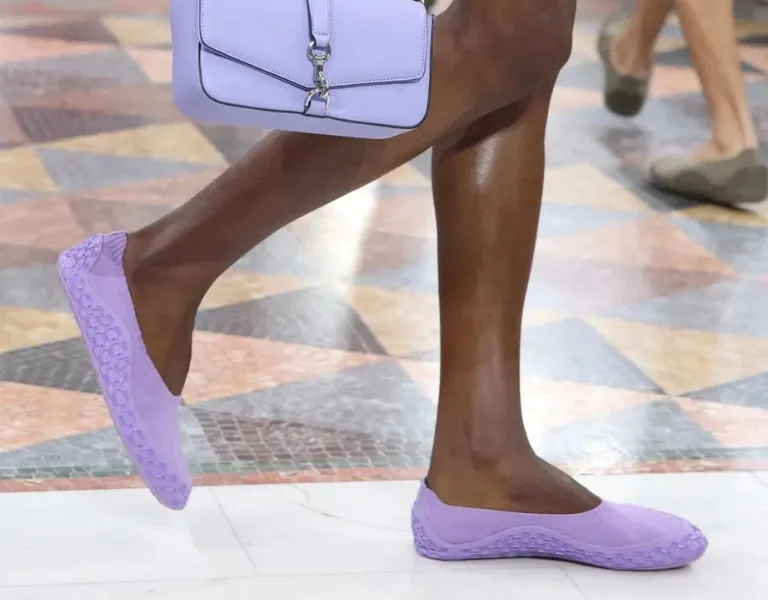In a move that seems more about keeping up with trends than genuine innovation, Gucci has unveiled its latest creation: the Gucci Cub3d sneaker. This limited-edition footwear marks the brand’s initial attempt to merge traditional craftsmanship with modern 3D printing technology. But is this a groundbreaking step forward or just another marketing gimmick?
The Emergence of 3D Printing in Luxury Fashion
3D printing, once a niche technology, has been making inroads into various industries, including fashion. Luxury brands have begun experimenting with this technology, aiming to showcase their forward-thinking approaches. However, these attempts often raise questions about the balance between innovation and superficial novelty.
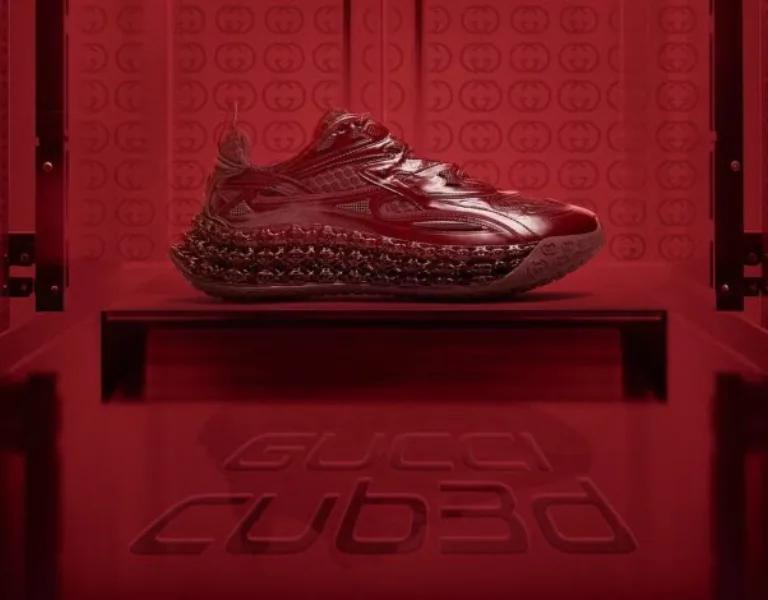
Gucci’s Entry into 3D-Printed Footwear
Gucci’s announcement of the Cub3d sneaker introduces a shoe that combines 3D-printed elements with the brand’s proprietary materials. The production is notably limited, with only 20 pairs available, suggesting an emphasis on exclusivity over widespread impact.
While Adidas and Nike have been using 3D printing for performance-based enhancements, Gucci’s attempt appears more focused on aesthetic appeal. This raises questions: is Gucci genuinely investing in technological advancements, or is this just another luxury status symbol?
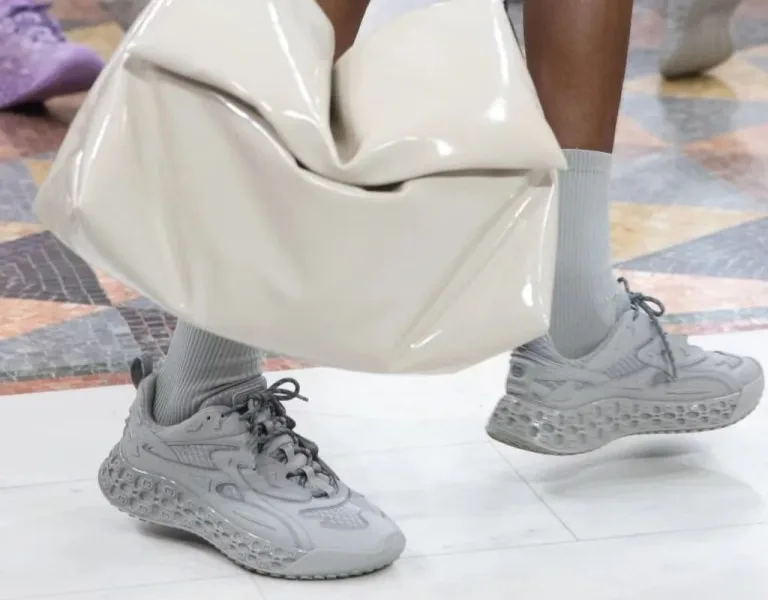
Design and Aesthetics of the Gucci Cub3d
The Gucci Cub3d sneaker is a bold attempt to fuse avant-garde design with luxury fashion, yet it raises questions about practicality and consumer appeal. The sneaker’s most striking feature is its lattice-structured sole, crafted using Selective Laser Sintering (SLS) technology—a 3D printing method that constructs objects layer by layer.
Based on the website VoxelMatters.com, Gucci claims the design is inspired by polyhedral geometry, resulting in a complex, web-like sole. However, this intricate sole presents serious durability concerns. The voids and thin connections in the lattice may be prone to cracking and structural weakness, especially under everyday use.
Furthermore, while some may appreciate its sculptural qualities, others could perceive it as an overengineered novelty that prioritizes form over function. The upper is made from Demetra, Gucci’s proprietary material composed of 70% plant-based raw materials, which aligns with sustainability trends. However, the visual complexity of the shoe may alienate consumers who prefer understated elegance over flashy, conceptual designs.
Materials Used in the Gucci Cub3d
Gucci markets Demetra as a sustainable, high-quality alternative to traditional materials. Composed of 70% plant-based raw materials, primarily from renewable and bio-based sources, Demetra is positioned as a greener choice.
However, the limited production of just 20 pairs raises questions about the actual environmental impact. If sustainability were truly a concern, why restrict production to such a small batch, ensuring scarcity rather than widespread adoption?
The Selective Laser Sintering (SLS) Technique
The Cub3d sneaker’s sole is produced using Selective Laser Sintering (SLS), a technique that fuses powdered material using a laser. While innovative, one must question whether this method offers any real advantages over traditional shoemaking.
Unlike Adidas and Nike, who use 3D printing to optimize performance, Gucci appears to be using SLS primarily for visual effect.
Sustainability Claims and Realities
Gucci promotes the Cub3d sneaker as a sustainable innovation, emphasizing its use of Demetra. However, VoxelMatters.com highlights the limited scope of this claim. Despite its plant-based components, the restricted production run of only 20 pairs calls into question the brand’s commitment to meaningful sustainability.
True sustainability requires scalable solutions, not collector’s items that exist in tiny quantities. Without broader application, the environmental benefits are negligible, leading many to view Gucci’s sustainability claims as little more than marketing rhetoric.
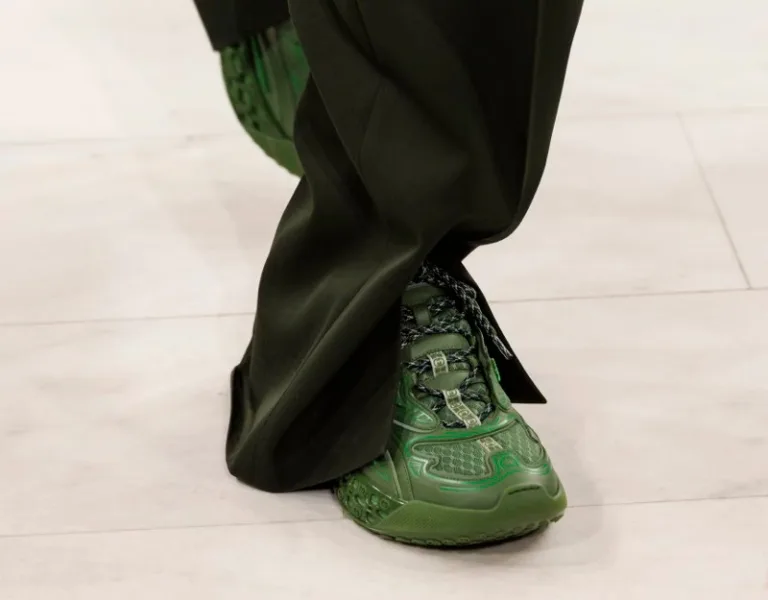
Market Reception and Critique
The public’s reaction to the Gucci Cub3d sneaker has been mixed, reflecting a blend of intrigue and skepticism. While some fashion enthusiasts appreciate the brand’s attempt to merge tradition with technology, others question the necessity of such a product.
According to Hypebeast, an exclusive unboxing highlighted the sneaker’s technical flair and limited-edition status, making it appealing to collectors rather than everyday consumers. However, the high price point and lack of accessibility have led to criticism that Gucci is merely leveraging scarcity tactics to drive demand.
Comparative Analysis with Competitors
Several luxury brands have ventured into 3D printing, each with varying degrees of success. Compared to competitors, Gucci’s offering appears more focused on aesthetics than functionality.
- Adidas has been a pioneer with its Futurecraft series, featuring 3D-printed midsoles tailored for performance. More recently, the brand introduced the Climamog, a one-piece, fully 3D-printed sneaker.
- Nike has collaborated with Zellerfeld to release the Air Max 1000, a nearly fully 3D-printed sneaker optimized for comfort and support (theverge.com).
Unlike Adidas and Nike, Gucci’s Cub3d sneaker does not aim to enhance performance but rather serves as an artistic statement piece. Startups like Zellerfeld and Hilos are already pushing the boundaries of fully 3D-printed footwear, yet Gucci’s tiny production run and conceptual approach fail to contribute meaningfully to the industry’s evolution (wired.com).
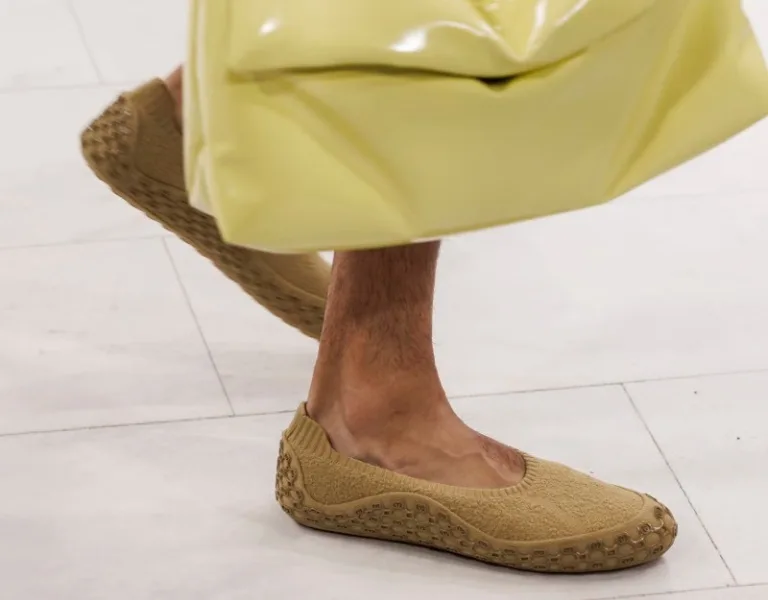
Conclusion
The Gucci Cub3d sneaker may be visually striking, but it raises more questions than answers. With only 20 pairs in existence, this release feels more like a PR stunt than a technological breakthrough. Unlike competitors that are pushing 3D printing forward in performance and sustainability, Gucci’s offering prioritizes exclusivity and aesthetics over function.
As the industry continues to explore 3D printing’s potential, Gucci’s token entry into the field highlights the ongoing tension between genuine innovation and luxury branding gimmicks.
FAQs
1. What makes the Gucci Cub3d sneaker unique?
- The sneaker features a 3D-printed lattice sole, using Selective Laser Sintering (SLS) technology, along with an upper made from Demetra, a plant-based material.
2. How many pairs of the Gucci Cub3d sneaker were produced?
- Only 20 pairs were produced, making it an extremely limited edition item.
3. Is the Gucci Cub3d sneaker practical for everyday wear?
- The lattice structure of the sole raises concerns about durability and functionality, making it more of a collector’s item than an everyday sneaker.
4. How does the Cub3d sneaker compare to 3D-printed shoes from Adidas and Nike?
- Unlike Adidas and Nike, which focus on performance and accessibility, Gucci’s approach leans more towards aesthetic experimentation and exclusivity.
5. Does the Gucci Cub3d sneaker truly contribute to sustainability?
- The use of Demetra aligns with sustainability trends, but with only 20 pairs produced, the impact remains insignificant in the broader fashion industry.



